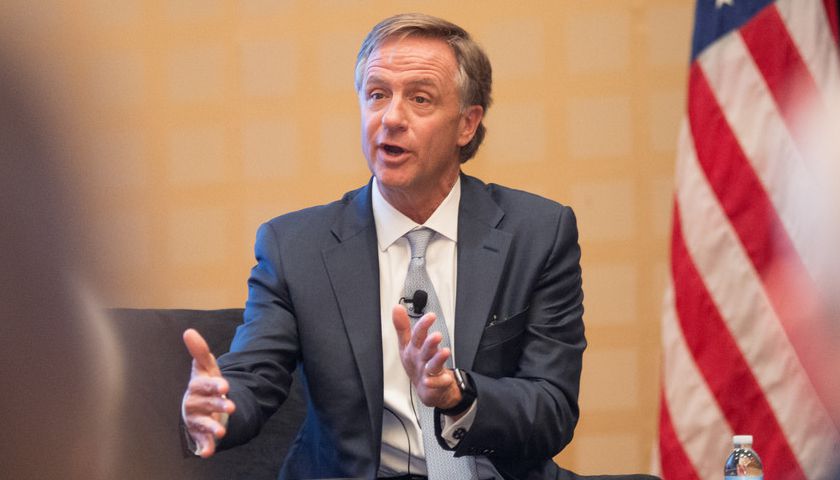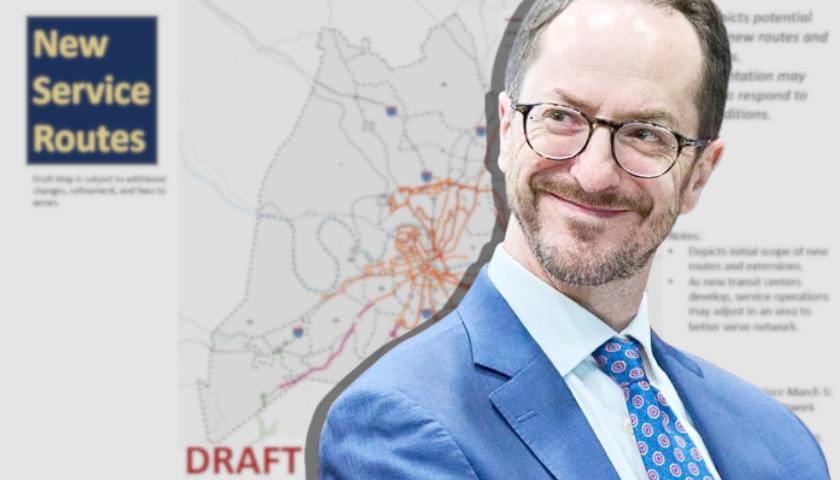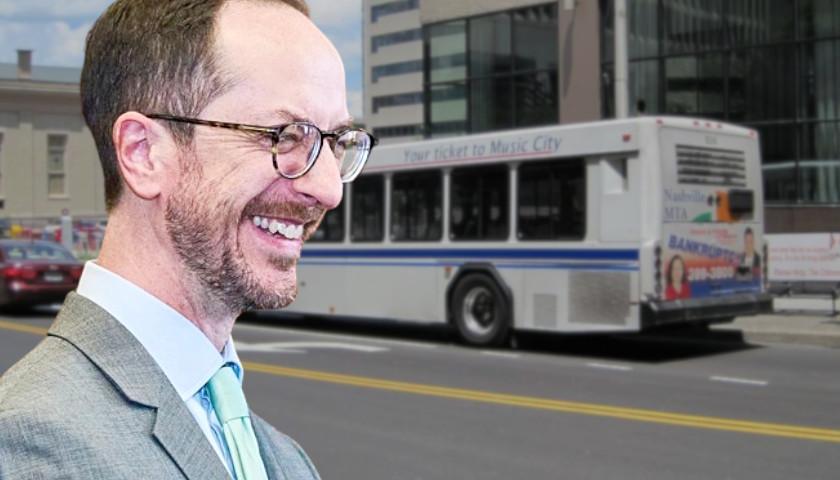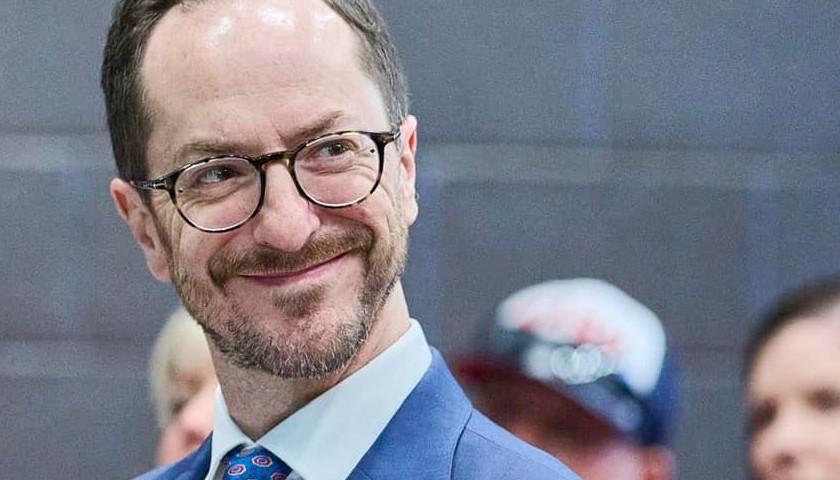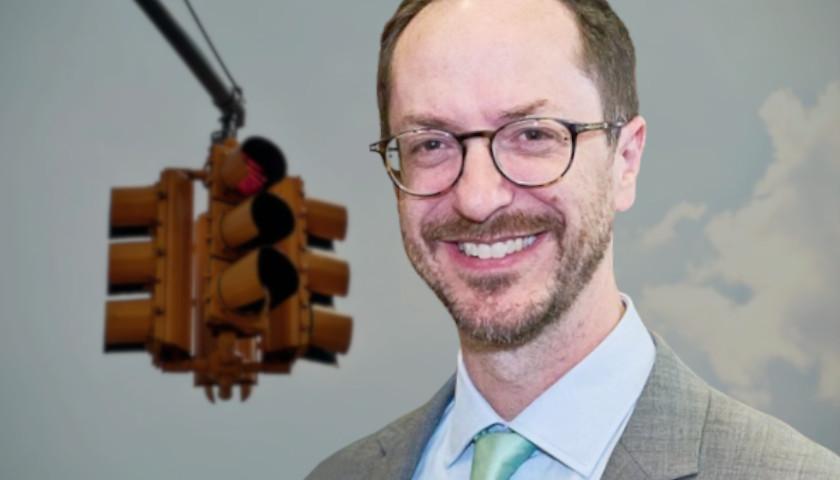The foundation of the case by Governor Haslam and other proponents of the IMPROVE Act gas tax increase was that it is a “user fee,” paid by those who use the roads. In contrast, for the purpose of funding public transit system projects, the IMPROVE Act authorizes 16 local governments, through public referendum, to levy a surcharge on six existing taxes that aren’t remotely linked to a mass transportation user fee, otherwise known as passenger fares.
The IMPROVE Act, passed by the legislature as HB 534, specifies a local government, for purposes of the surcharge, as any county in this state including a county with a metropolitan or consolidated form of government with a population in excess of 112,000, which is currently Blount, Davidson, Hamilton, Knox, Montgomery, Rutherford, Shelby, Sullivan, Sumner, Washington, Williamson and Wilson, and any city in this state with a population in excess of 165,000, which is currently Chattanooga, Knoxville, Memphis and Nashville.
The six taxes eligible for surcharge are the local option sales tax, business tax, motor vehicle tax, local rental car tax, tourist accommodation/hotel occupancy tax, and residential development tax.
Looking at other transit systems around the country, it’s obvious that these additional revenues will be required, as none are self-sustaining through the “user fee” fares. In fact, most transit systems fail to meet even a 50 percent threshold for funding by the users.
“Farebox recovery ratio” is the passenger transportation industry term for the fraction represented as a percentage of operating expenses covered by the actual fares paid from passengers. The percentage is obtained by dividing the transit system’s total fare revenue by its total operating expenses.
According to “The List: The 10 U.S. Transit Agencies That Rely Most on Fare Revenues,” the San Francisco Bay Area Rapid Transit in California has the highest farebox recovery ratio at 65 percent, and at 55 percent, the second highest is the Metro-North Commuter Railroad in New York.
However, the San Francisco Municipal Transportation Agency’s own 2016 Annual Report indicates that approximately $200 million of its $1 billion in operating revenues comes from passenger fares, representing a 20 percent recovery ratio.
While the passenger fares portion of revenue has remained relatively flat from 2012, the overall operating revenues have grown from $800 million to $1 billion, with the largest funding share coming from the City and County of San Francisco’s General Fund.
The reference to New York’s Metro-North is somewhat misleading, in that it is the highest performing of five agencies within the Metropolitan Transportation Authority (MTA), North America’s largest transportation system. MTA has an overall farebox recovery ratio of about 36 percent.
The Chicago Regional Transit Authority (RTA) is the nation’s second largest public transportation system covering the City of Chicago and six counties of the northeastern Illinois region. According to the Chicago RTA’s 2017 budget document, from 2015 actual revenues through 2019 planned revenues, RTA operating revenues represent just 38 percent of the total revenues.
Further dissecting Chicago RTA operating revenues, 85 percent is from passenger fares, while the remaining 15 percent is generated through advertising, leasing, concessions as well as a state subsidy to partially offset the cost of providing mandated free ride and reduced fare programs. The state subsidy is on top of the other public funding sources that make up the remaining 62 percent of the Chicago RTAs revenues.
Population density impacts not just traffic congestion, but parking availability and parking cost at both ends of the commute, as well as the potential for optimizing utilization of the various modes of transportation including buses, vans and trains.
New York’s MTA serves a population of 15.3 million people in the 5,000-square-mile area fanning out from New York City through Long Island, southeastern New York State, and Connecticut. Chicago’s RTA, serving the six-county Northeastern Illinois region, has more than 8.4 million residents and spans 3,749 square miles. In terms of population density, New York’s MTA is drawing from 3,060 and Chicago’s RTA 2,240 people per square mile.
In comparison, according to the federally-designated transportation agency, Nashville Area Metropolitan Planning Organization, the seven-county middle Tennessee area is comprised of approximately 3,000 square miles and 1.5 million people, or 500 per square mile.
The Charlotte Metropolitan Area, more closely resembling that of the greater Nashville area, consists of 3,198 square miles with a 2015 census estimate of 2,470,000, up 11.7 percent from the 2010 census, or a population density of 950 per square mile.
According to the 2018 budget document, the Charlotte Area Transit System (CATS) received a trivial 20 percent of its operating revenue from fares and service reimbursements in 2016 and 2017, down from an unimpressive 26 percent in 2015.
Nearly 60 percent of the CATS operating revenues come from a dedicated half-percent sales tax increase, passed by referendum in 1998, and the final 20 percent comes from other taxpayer subsidies.

